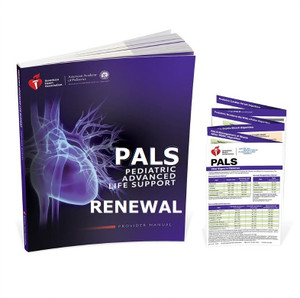
This is for a private Basic Life Support Initical certification class for Stephanie Sibert's group.
AHA Basic Life Support For Healthcare Providers (BLS) Initial Certification Course is a set of emergency procedures by the American Heart Association. This course teaches doctors, first responders, nurses, medical personnel, and public safety professionals, paramedics and prehospital providers how to perform high quality CPR on an adult, child and infant and how to use a pocket mask, bag valve mask and an AED. This course also teaching how to help choking victims.
These guidelines are used to help people who are experiencing cardiac arrest, respiratory distress, or an obstructed airway. Basic life support is a level of medical care which is used for patients with life-threatening condition of cardiac arrest until they can be given full medical care by advanced life support providers.
BLS training reinforces healthcare professionals’ understanding of the importance of early CPR and defibrillation, performing CPR, choking relief, using an AED, and the role of each link in the Chain of Survival. BLS is performed to support the patient's circulation and respiration through the use of cardiopulmonary resuscitation (CPR).
In this course you will learn:
• High-quality BLS for adults, children, and infants
• Use of an AED
• Effective ventilation using a barrier device
• Relief of foreign-body airway obstruction for adults, children, and infants
• High-performance teams
CPR Coach
The CPR Coach is a new role within the resuscitation team. The CPR Coach role is designed to promote the delivery of high-quality CPR and allow the Team Leader to focus on other elements of cardiac arrest care, coordinate the various team members’ assigned tasks, and ensure that clinical care is delivered according to AHA guidelines.
The AHA has adopted an open-resource policy for exams. Open resource means that students may use resources as a reference while completing the exam. Resources could include the provider manual, either in printed form or as an eBook on personal devices, any notes the student took during the provider course, the 2020 Handbook of ECC for Healthcare Providers, the AHA Guidelines for CPR and ECC, posters, etc. Open resource does not mean open discussion with other students or the Instructor. Students may not interact with each other during the exam.
To successfully complete this course and receive your BLS course completion card, students must do
the following:
• Participate in hands-on interactive demonstrations of high-quality CPR skills
• Pass the Adult CPR and AED Skills Test
• Pass the Infant CPR Skills Test
• Score at least 84% on the exam
Upon completion of the course, students will receive an American Heart Association BLS Provider Card valid for two years. Once you receive your card, be sure to set an alarm on your phone for 23 months from now. That way you’ll have 30 days to find and attend a class before your expiration date. Your card is good until midnight on the last day of the month.
Continuing Education Accreditation – Emergency Medical Services This continuing education activity is approved by the American Heart Association, an organization accredited by the Commission on Accreditation of Pre-Hospital Continuing Education (CAPCE), for 3.25 Educator CEHs, activity number 20-AMHA-F2-0083.




